Target Corporation (Ticker: TGT), a household name in retail, has demonstrated resilience and challenges in its financial metrics over recent years. Here, we analyze the company’s cash flow trends, leverage position, and dividend policy, offering insights into its current valuation and shareholder prospects.
Cash Flow Analysis: Rebounding but Inconsistent
Free cash flow (FCF) represents the cash generated after operations and required reinvestments into fixed assets. For Target, FCF has seen fluctuations:
- 2015: $2.6 billion
- 2021 (Peak): $7.8 billion
- 2024: Rebounded to $3.8 billion, but still below peak levels
The decline from $7.8 billion in 2021 to lower levels in subsequent years reflects inconsistency. Mature businesses like Target are generally expected to maintain steady cash flows, which raises concerns about sustainability in this area.
Debt-to-Free Cash Flow: Poor Leverage
A key metric for evaluating a company’s financial health is the ratio of debt to free cash flow, ideally below five times. Target’s debt levels highlight challenges:
- Historical Average (Last 3 Years): 6.9x Debt-to-FCF
- 2024: Improved leverage but still impacted by previous years of poor performance
High leverage ratios, particularly when exceeding five times FCF, indicate potential risks. Target needs consistent cash flow generation to strengthen its balance sheet.
Dividend Policy: A Strong Player in Dividend Growth
Target has established itself as a reliable dividend growth stock, reflecting its maturity as a business:
- Current Dividend Yield: 3.59%
- Quarterly Dividend Growth: From $0.64/share in earlier years to $1.12/share (2024)
- Payout Ratio: 44.9% of FCF, a reasonable figure for a mature company
The company’s ability to grow its dividend consistently indicates stability. With a payout ratio below 50%, there’s still room for future increases, making Target attractive to income-focused investors.
Shares Outstanding: A Positive Trend
Target has been reducing its share count over the last five years:
- 2019: 520 million shares outstanding
- 2024: 460 million shares outstanding
Share buybacks enhance shareholder value by increasing ownership stakes, a strategy that Target has executed effectively.
Economic Value Added (EVA): Beating the Competition
Target excels in creating shareholder value:
- Return on Capital: 15.8% (outperforming industry peers by 4%)
- Weighted Average Cost of Capital (WACC): 5.2%
The 10.6% value creation rate, compared to competitors’ 3%, highlights Target's superior return generation relative to its cost of capital. This positions the company as a leader in its industry.
Valuation: Fairly Priced
With growth projections of 4% over the next 5 years, Target’s intrinsic value aligns closely with its current stock price:
- Stock Price: $124
- Intrinsic Value: $124.30
This indicates that while the stock is not undervalued, it remains fairly priced, offering stability rather than high growth potential.
Conclusion: Is Target a Dividend Play?
Target’s inconsistencies in cash flow and high leverage ratios are points of concern, but its strong dividend policy, share buybacks, and EVA metrics offer a compelling case for dividend-focused investors. With a 3.59% dividend yield and room for growth, Target presents itself as a stable, income-generating stock for long-term portfolios.
https://youtu.be/wxte9ZZ3V-E?si=hbGYT1kRimqGgz5P





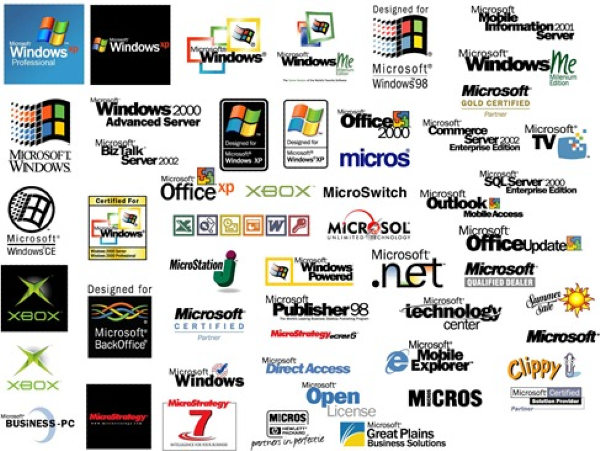


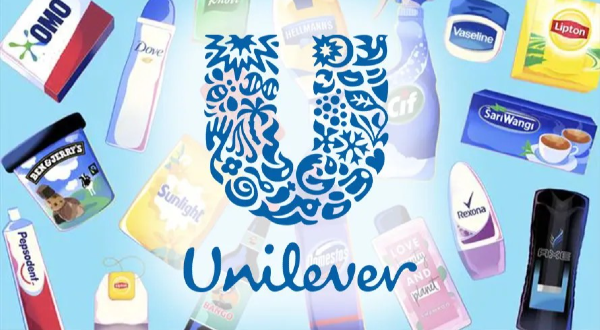


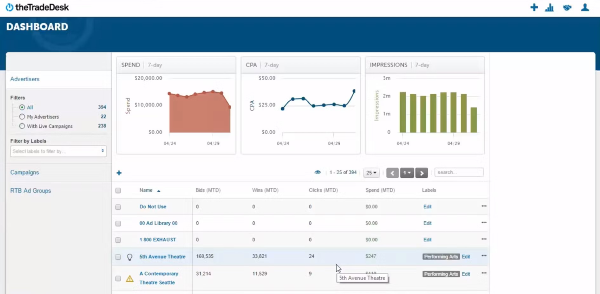
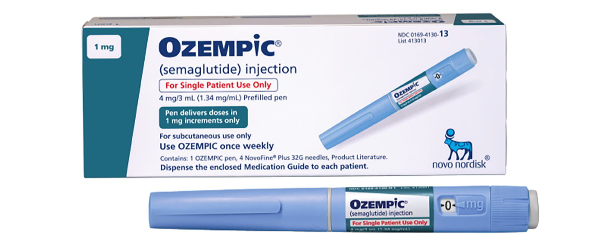
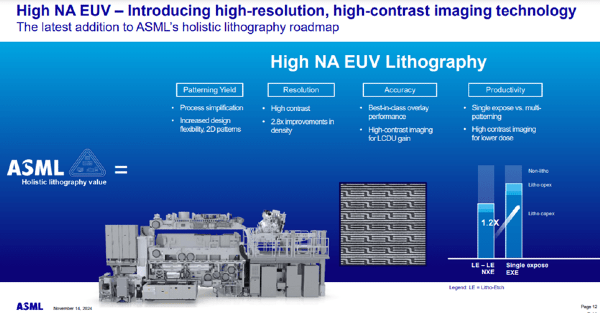
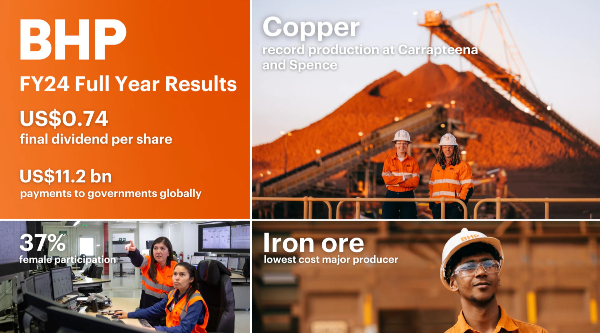
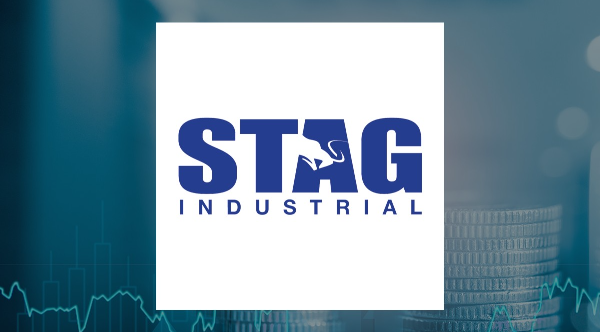
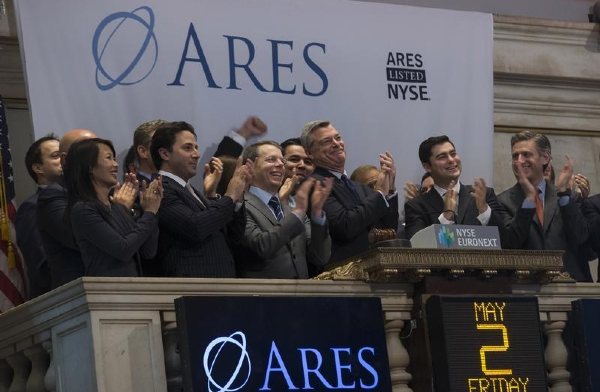

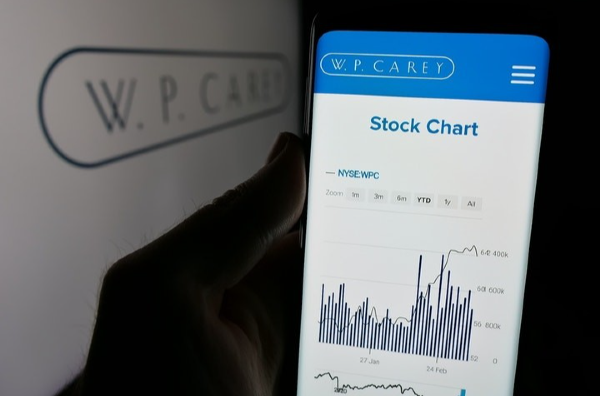

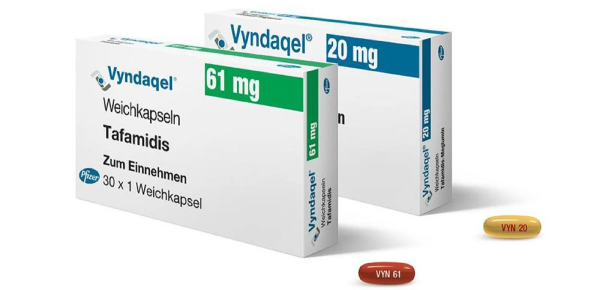









Target Corporation (Ticker: TGT), a household name in retail, has demonstrated resilience and challenges in its financial metrics over recent years. Here, we analyze the company’s cash flow trends, leverage position, and dividend policy, offering insights into its current valuation and shareholder prospects.
Cash Flow Analysis: Rebounding but Inconsistent
Free cash flow (FCF) represents the cash generated after operations and required reinvestments into fixed assets. For Target, FCF has seen fluctuations:
The decline from $7.8 billion in 2021 to lower levels in subsequent years reflects inconsistency. Mature businesses like Target are generally expected to maintain steady cash flows, which raises concerns about sustainability in this area.
Debt-to-Free Cash Flow: Poor Leverage
A key metric for evaluating a company’s financial health is the ratio of debt to free cash flow, ideally below five times. Target’s debt levels highlight challenges:
High leverage ratios, particularly when exceeding five times FCF, indicate potential risks. Target needs consistent cash flow generation to strengthen its balance sheet.
Dividend Policy: A Strong Player in Dividend Growth
Target has established itself as a reliable dividend growth stock, reflecting its maturity as a business:
The company’s ability to grow its dividend consistently indicates stability. With a payout ratio below 50%, there’s still room for future increases, making Target attractive to income-focused investors.
Shares Outstanding: A Positive Trend
Target has been reducing its share count over the last five years:
Share buybacks enhance shareholder value by increasing ownership stakes, a strategy that Target has executed effectively.
Economic Value Added (EVA): Beating the Competition
Target excels in creating shareholder value:
The 10.6% value creation rate, compared to competitors’ 3%, highlights Target's superior return generation relative to its cost of capital. This positions the company as a leader in its industry.
Valuation: Fairly Priced
With growth projections of 4% over the next 5 years, Target’s intrinsic value aligns closely with its current stock price:
This indicates that while the stock is not undervalued, it remains fairly priced, offering stability rather than high growth potential.
Conclusion: Is Target a Dividend Play?
Target’s inconsistencies in cash flow and high leverage ratios are points of concern, but its strong dividend policy, share buybacks, and EVA metrics offer a compelling case for dividend-focused investors. With a 3.59% dividend yield and room for growth, Target presents itself as a stable, income-generating stock for long-term portfolios.
https://youtu.be/wxte9ZZ3V-E?si=hbGYT1kRimqGgz5P